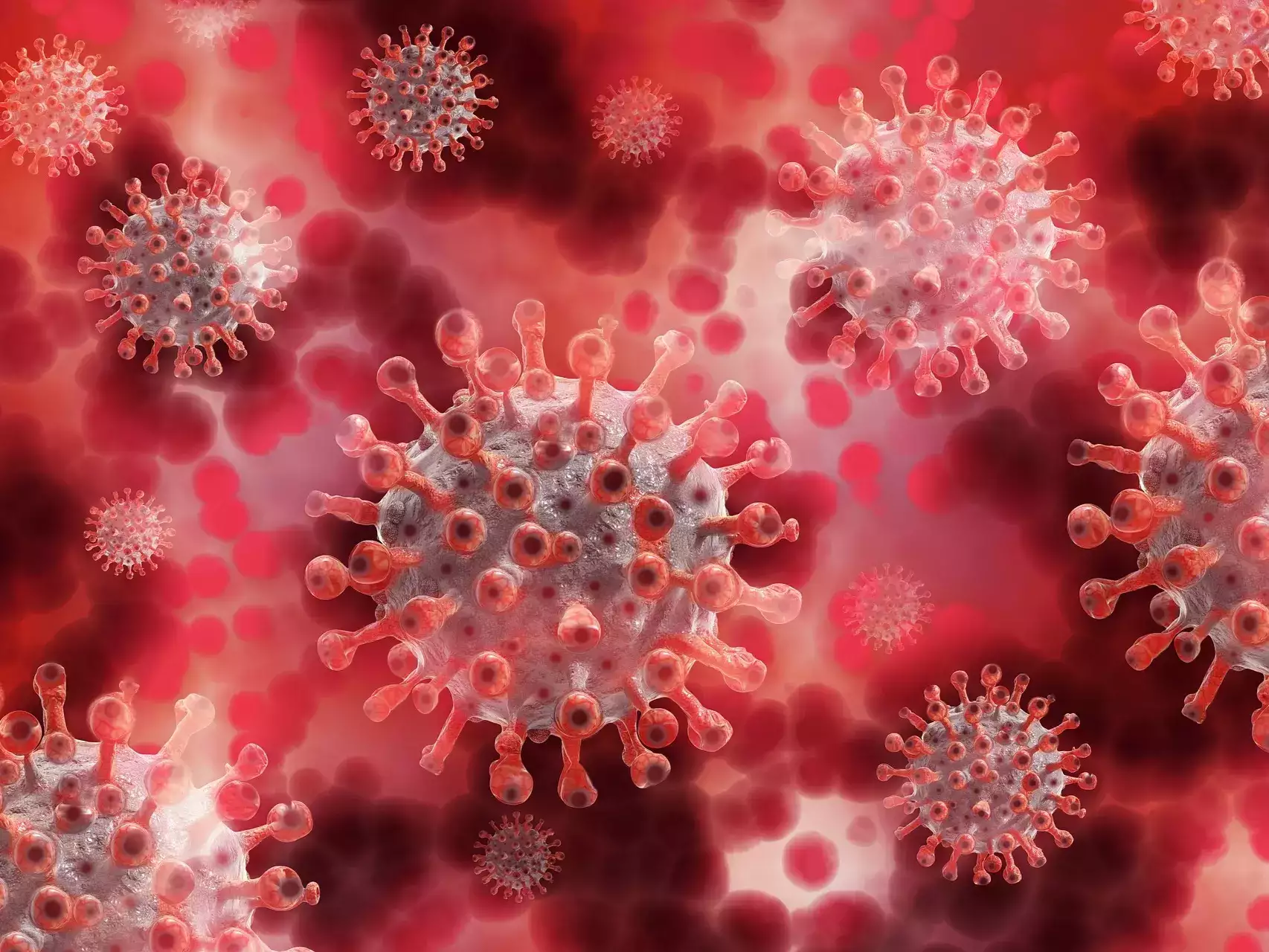Viruses Surprise Scientists with Unexpected Relationship Phenomenon
Move over, humans – viruses have proven they can have a better love life! In a groundbreaking discovery, researchers have uncovered evidence of viruses forming attachments with each other, challenging the conventional belief that viruses only latch onto host organisms.
Viruses are known for their ability to infect organisms and exploit their bodies for their own survival and reproductive needs. However, it was widely believed that they refrained from attaching to one another within their own species. That notion has now been shattered as scientists have observed multiple instances of two viruses forming temporary matrimony and even leaving behind “love bites.”
Viruses exist in a peculiar state between life and death and require a host to complete their life cycles. Some viruses, known as “helper” viruses, rely on a partner virus to accomplish their goals. These helper viruses assist their satellite counterparts in creating protective shells or replicating their DNA as they invade unsuspecting victims.
While close proximity is necessary for these viral relationships to flourish, the recent research marks the first time a satellite bacteriophage, which infects bacteria, has been consistently observed fully attaching itself to a helper virus. Astonishingly, the study found that 80% of the helper viruses had a satellite virus attached to their “necks,” resembling love bites. The remaining helpers exhibited satellite tendrils in the neck area.
Typically, satellite viruses possess a specific gene that aids their assimilation into host organisms without being eliminated. However, in this particular case, the satellite virus lacked this integration gene. The scientists suggest that, to ensure their own survival, the satellite viruses must maintain a close bond with their helper viruses every time they enter a host.
The authors of the study speculate that this unusual behavior is a result of the co-evolution between the satellite and helper viruses over an extensive period. After spending 100 million years together, it’s understandable that separation anxiety could develop.
The next step in this research is to determine the uniqueness of this phenomenon and uncover the exact mechanisms which the satellite viruses attach themselves to the helpers. Lead author Tagide deCarvalho explains that previously overlooked bacteriophages may actually belong to these satellite-helper systems. With this groundbreaking study, scientists can now better identify and understand these intricate relationships.
The findings of the study have been published in the ISME Journal and can be accessed here. This discovery opens up new avenues for studying viral behavior and sheds light on the complexity of their relationships within their own species.

